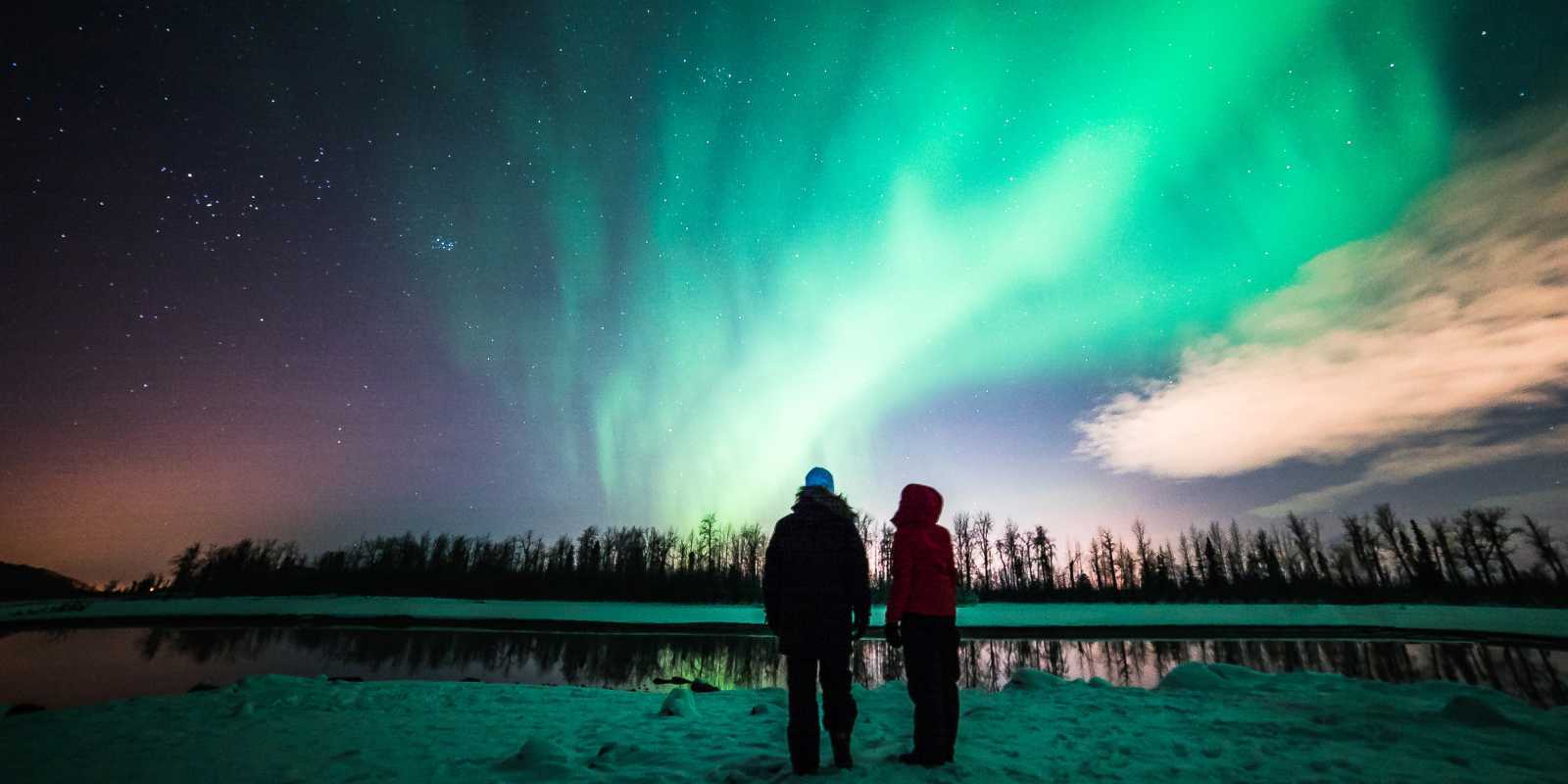Chasing the Northern Lights in Norway
Posted on By Admin
Imagine the sky as the canvas. And imagine a paintbrush in the hands of our creator. Now imagine the splash of colours that illuminate the Arctic night sky and create a miraculous phenomenon. The Aurora Borealis or the Northern Lights is such a breathtaking experience, something you’ve waited for all your life. Chasing the Northern Lights requires patience and persistence, because as the saying goes, “good things never come easy”. Watching the Aurora Borealis is an unpredictable event of nature as there are many variables you have to consider before going for your Northern Lights trip to Norway.

The Northern Lights are best visible under dark skies between the months of September to April, preferably under a clear, cloudless sky. While the months from December to February offer the longest hours of darkness, the months of autumn and spring have more stable weather conditions, so it requires a bit of thought before you time your visit. The Lights are best visible in Iceland, Sweden, Finland, and Norway, or if you travel further afield to Canada and Alaska.
However, we recommend that to experience the unbelievable colours that move across the Arctic sky, few places on earth offer more ways to witness this beauty than Norway.
Things to do besides chasing The Northern Lights?
You can add several other activities to your Northern Lights Holidays in Norway in order to make it memorable. For example, there can be cruises that you choose to go for, luxurious igloo hotels to rest in, sightseeing trips and reindeer safaris that can be added as a bonus.

Specialist guides will help you throughout your Northern Lights trip so that you can have the best view of this ethereal light show. The precondition for viewing this marvel is a clear sky that often coincides with freezing temperatures. So make sure you carry with you lots of woollies and thick winter jackets. Also, plan your trip with at least a week in hand if you wish to see the show of lights in its complete form. Usually, the movement of the lights is very active for two or three nights and then gradually decelerates for the rest of the days in a week. So a week’s stay will give you the opportunity for viewing the complete cycle of this heavenly spectacle.
There are many myths and folklore attached to this incredible light show of nature. Powerful and hypnotic movements of light suddenly blazing across the dark sky can be a moving experience for the spectators. We would say that the best time for your Northern Light Holidays would be anytime between the month of September and the month of March when the nights are long and the sky is clear.
You can get a clear view of this phenomenon if you choose an inland location where pollution is almost of zero percent and there is no light from any other artificial source. You can enjoy your Northern Lights Iceland trip or Northern Lights Norway trip staying in glass igloo hotels which can give you a feeling of being an Eskimo. There are various Glass Igloo Hotels in Norway, especially Northern Norway where there are lots of hotels and activities for tourists. The igloo hotels are built on the outskirts and even in the forests and are fully furnished with all the amenities of a luxury hotel. Staying inside the cozy accommodation of a glass igloo hotel and watching the frenzied movements of colorful lights in the dark sky can be one of the most magical moments of your life.
Keep these in mind before Planning your Visit to Northern Lights in Norway
Carry spare battery: The cold drains batteries very quickly, so remember to bring fully charged spares and keep them in your pocket, close to your body, until you need them.
Camera: A camera with interchangeable lenses is best, but in principle, you can use any camera you want. The bigger and more modern the imaging chip, the less grainy the pictures will be.
Get a sturdy tripod: If you don’t want blurry pictures from camera movement, so get something really sturdy
Use a wide angle lens
Layer yourself: It’s always good to dress in layers. That way you will find it easy to remove or add clothing if you get too hot or cold. Put on a layer of fleece or wool over the basic layer. If you are still feeling cold, then add a thicker sweater (wool is still cool), a scarf and woolen socks. The outermost layer should be wind- and waterproof; lined trousers, a warm thermal jacket, a warm hat that covers the ears, gloves and proper winter shoes. Also to prevent your toes from getting too cold, avoid shoes that are very tight.